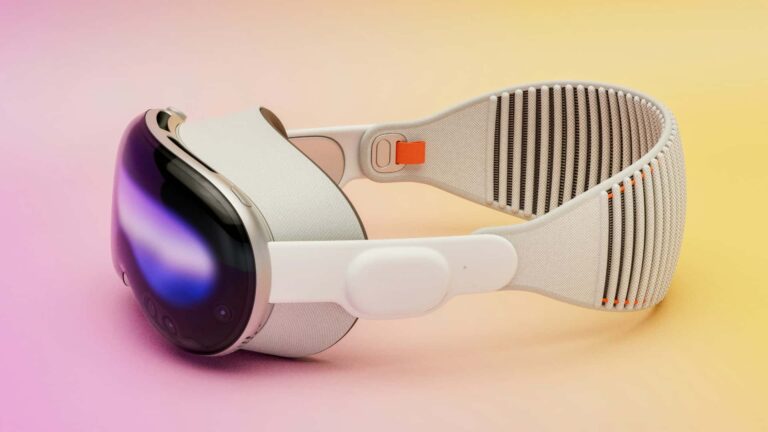
Just after the Mac’s 40th anniversary last February, Apple Vision Pro (AVP) launched. Both devices were/are first steps in a long journey. And both were/are prohibitively expensive – the original Mac weighing in even heavier in today’s inflation-adjusted dollars.
AVP’s price tag has been its biggest sticking point. But it’s the wrong thing to focus on. AVP is Apple’s way of planting a flag for a first-generation device, and to demonstrate what’s possible at any cost. Future generations will get cheaper and lighter – a typical Apple product lifecycle.
V1 can also be seen as a dev kit. Buyers will be fanboys, wealthy early adopters, and developers (‘Pro’ is in the title, after all). The latter will view it as an early-mover advantage in starting to build muscles for spatial app development – a potentially valuable skill if all goes well.
So on those levels, what is Vision Pro? Where will it go next? And how does it fit into Apple’s future-proofing plan? This is the topic of a recent ARtillery Intelligence report. As such, it joins our weekly report excerpt series, with this installation focusing on high-level positioning.
Common Refrain
June 5, 2023 was a day that the spatial computing world had been waiting for. Apple CEO Tim Cook took the stage at Apple’s annual WWDC event in Cupertino, CA to finally reveal the iconic company’s first attempt at a headworn AR device. The Vision Pro was born.
It was the most powerful computing device Apple had built to date, and the most advanced AR headset the world has yet seen. But despite those accomplishments, public reaction was mixed. We saw standard snickers from Apple haters and the standard slate of fanboy praise.
The snickers zeroed in on the device’s bulk, lack of a compelling use case and, of course, the price tag. One line of thinking went, how will Apple fulfill its historical role in mainstreaming emerging tech if only the wealthy can buy it; and only the most ardent AR enthusiasts will want to?
In the many weeks following Vision Pro’s launch, the trolling and punditry continued, mostly from individuals who haven’t touched the device. Breathless editorials proclaimed that Vision Pro is a misguided attempt at AR glasses, and doesn’t represent the future of computing.
Long Game
But more prominent and powerful than any of these shouts from second-rate Op/Eds is the fact that Apple doesn’t care if they buy Vision Pro… This device is not for them. Rather, it’s Apple’s first play in a long game – a first-generation device meant to demonstrate what’s possible at any cost.
Vision Pro will then become better, cheaper, and more accessible over several generations, just like the iPhone’s evolutionary path. In other words, Apple is playing a long game. Billions in R&D spend, as well as a decade of development, further signal Vision Pro’s long-game status.
Back to the breathless reviews from AR noobs, the majority of punditry around Apple Vision Pro has been from individuals who haven’t touched the device, or those who aren’t versed in AR. The latter includes AR’s dynamics on technical, business, and historical levels.
For example, historical perspective includes what the industry and its players have (or haven’t) accomplished so far. These are important considerations in any analysis of VR hardware. In other words, be wary of assertive punditry from anyone without the above qualifications.
Follow the Money
So what are the right factors to consider when examining AVP? One is a classic follow-the-money exercise. Apple these days is all about revenue diversification. As smartphones reach maturity and revenue deceleration, it has to find other large-scale growth engines.
This is the raison d’être for wearables and services. And AVP feeds into both. For wearables, revenue growth each quarter mostly offsets a declining iPhone growth rate. Consequently, wearables hold a great deal of importance, investment, and political capital in Cupertino.
AVP plugs right into that plan in that it will sync with sensory experiences in Watch and AirPods. Visuals join spatial audio and biometrics (think: fitness & meditation). And Apple’s signature ARPU-boosting ecosystem approach incentivizes you to own several devices for continuity.
As for services, including AppleTV+, AVP is positioned as an elite and immersive consumption experience. This could drive premium content and subscriptions. For example, spectator sports is a likely use case, such as courtside seats for 180-degree immersive viewing.
We’ll pause there and circle back in the next excerpt with more depth into the strategy that sits behind Apple Vision Pro. Meanwhile, check out the full report.

